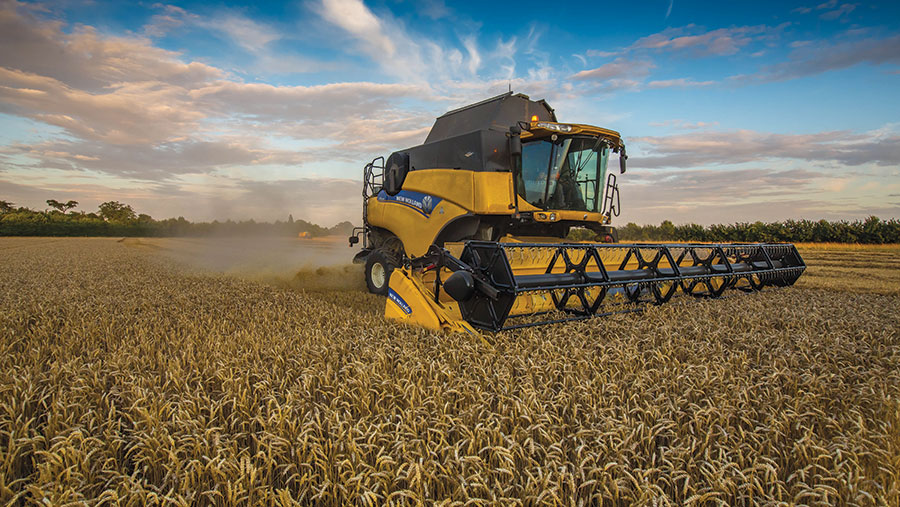Figures show massive changes in English cropping areas
 © Tim Scrivener
© Tim Scrivener The past 12 months has seen a massive change in the cropping mix in England, with the smallest area of wheat since the 1970s being harvested this summer and a 79% jump in spring barley.
Defra’s provisional arable crop areas figures published today (20 August) also highlight the demise of oilseed rape, with the area falling by nearly one-third compared with 2019.
See also: Harvest 2020: The 5 top-yielding wheat varieties map
These changes are due to the wet winter preventing farmers drilling winter cereals, while the cabbage stem flea beetle threat has been a factor in the reduction in oilseed rape.
Cereals
The English wheat area in 2020 is 1.27m hectares, a 24% decrease compared with 2019 and the lowest area since the 1970s.
All of the English regions saw a decrease in wheat area, the largest proportional decrease was in the North West and Merseyside region, which saw a fall of 36%.
A wet winter also affected winter barley drilling, which resulted in the area falling by 35% to 253,000ha.
One consequence of the reduced winter cropping area is a substantial increase in the spring barley area, up 79% to 795,000ha. This resulted in spring-sown barley accounting for 76% of the total barley area compared with 53% in 2019.
Oilseed rape
With winter oilseed rape, the area fell by 32% to 331,000ha.
Early industry indications show yields of winter oilseed rape are currently below the five-year average and, combined with the smaller area, could see a small harvest this year

